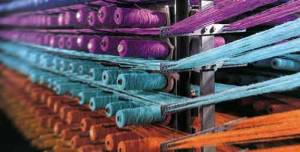Filter Press History
The first filter press was invented in England in 1853 to extract oil from seeds through a pressure unit. However, they have a number of associated disadvantages, such as high labor requirements and discontinuous processes. Major advances in filter press technology began in the mid-20th century. In Japan, Kenichiro Kurita and Seichi Sowa achieved success in 1958.
Created the world’s first automatic horizontal filter press to improve filter cake removal efficiency and moisture absorption. Nine years later, Kurita began developing flexible membranes to reduce moisture in filter cakes. This equipment enables optimization of automatic filtration cycles, cake compaction, cake discharge and filter cloth cleaning, increasing opportunities for various industrial applications.
Industrial filter presses are tools used in separation processes, especially for separating solids and liquids. The device stacks many filter elements, the filter can be easily opened to remove the filtered solids, and the filter media can be easily cleaned or replaced.
Filter presses cannot be run in a continuous process, but they can provide very high efficiencies, especially when low levels of liquid residual in solids are required. Among other applications, filter presses are used in marble factories to separate water from sludge and reuse the water in the marble cutting process.

Concept behind filter press technology
Typically, the slurry to be separated is injected into the center of the press and fills each chamber of the press. Optimal fill time ensures that the last press chamber is loaded before the slurry begins to harden in the first chamber. As the chamber fills, the pressure in the system increases due to the formation of thick sludge. Compressed air is then used to force the liquid into the filter press cloth, but water may be more economical in some cases, such as reusing water from a previous process.




